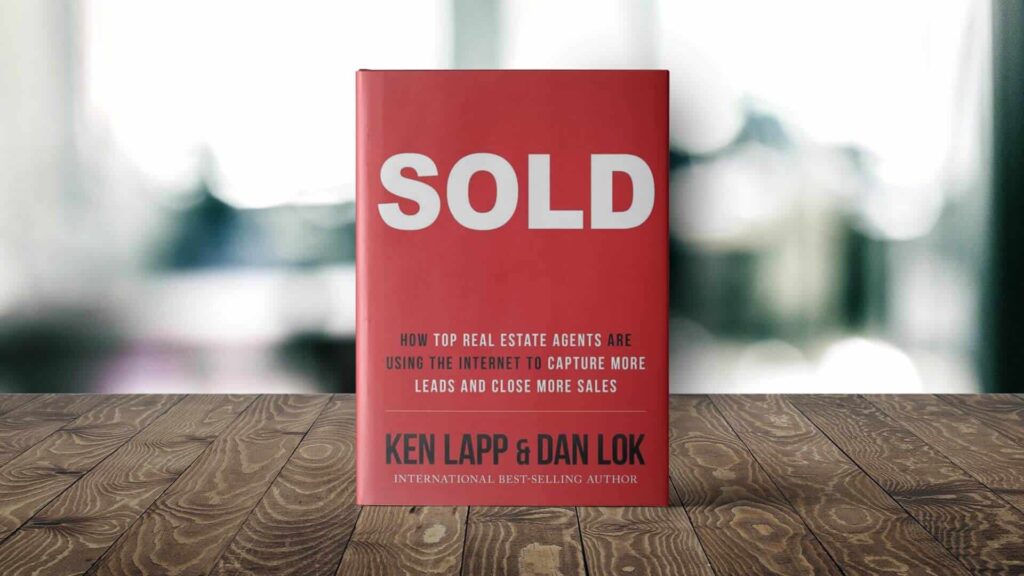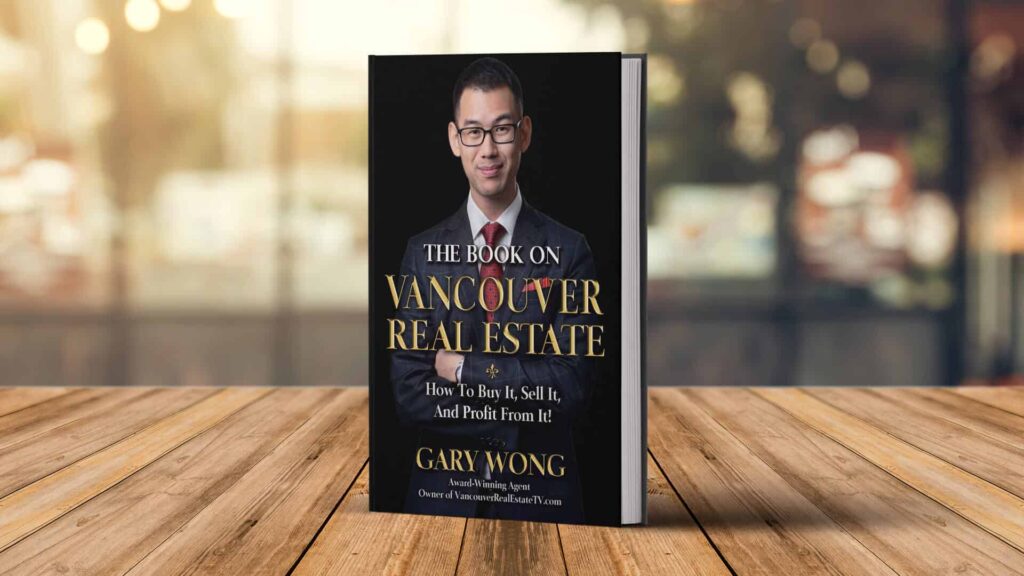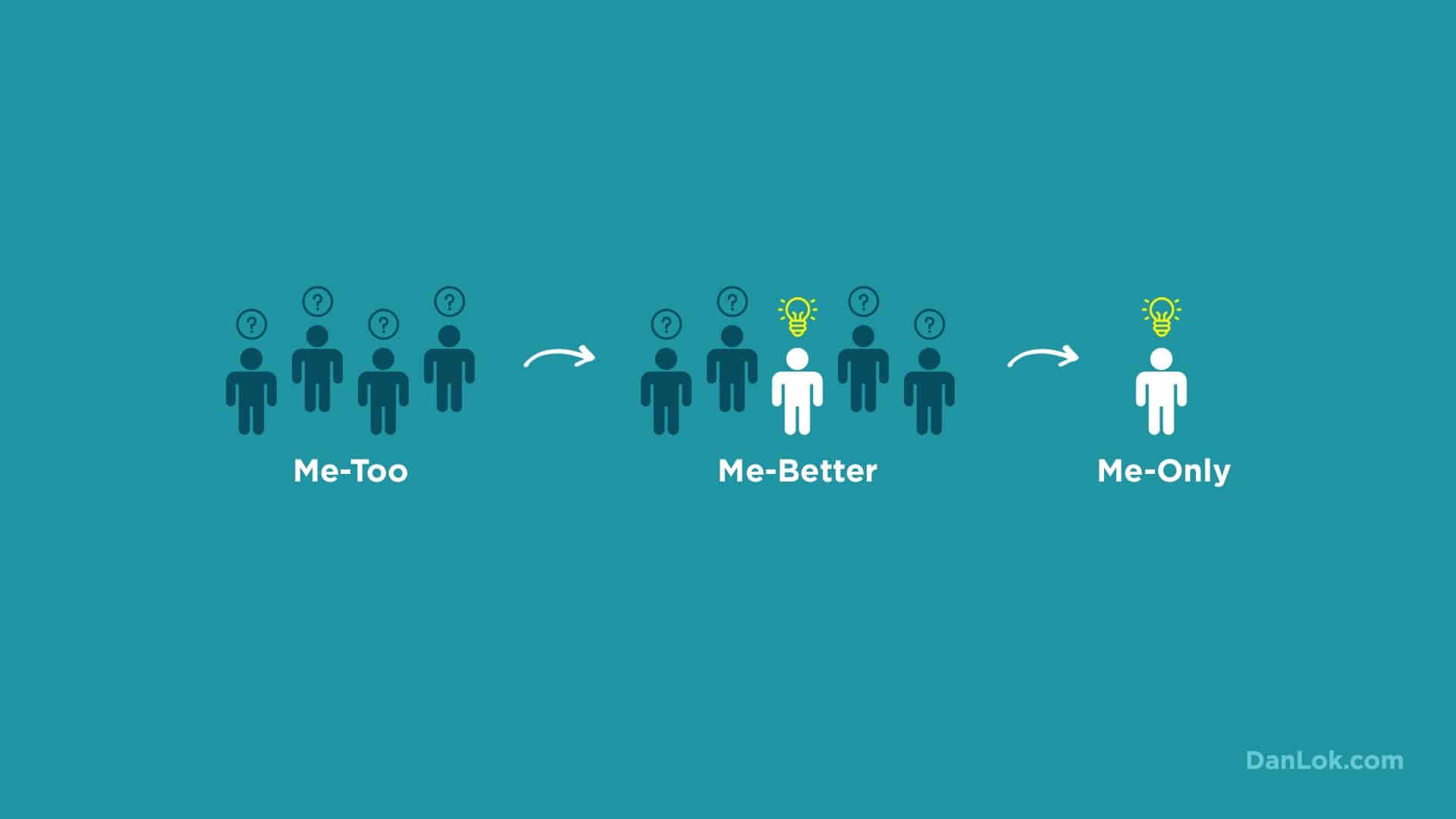Photo credits: rvlsoft / Shutterstock.com – Anton_Ivanov / Shutterstock.com and Paolo Bona / Shutterstock.com
Isn’t it true that someone who has bought a smartphone will be more skeptical and demanding than someone who has never owned one before?
Your experienced cell phone owner will have a lot more questions and objections than your first time phone owner. So how can you as an entrepreneur, a business owner, communicate a marketing message that speaks to your customer, depending on their experience level with a type of product?
This is the biggest challenge that most entrepreneurs face when communicating a message: they don’t understand the five stages of market sophistication. They communicate exactly the same way with their customers regardless if it’s stage one or stage five. So what do I mean by the five stages?
These are a way of describing the amount of experience a customer has with a product, such as a cellphone. Once you see the distinction in the five levels, you see why the typical marketing message – one-size fits all message for everyone – doesn’t work.
Let’s take a look at the five stages of market sophistication and how applying these levels will distinguish you from your competition.
Watch this video about the five stages of market sophistication.
Eugene Schwartz: How To Make Yourself Number One
One of the greatest copywriters back then, Eugene Schwartz, came up with the market sophistication concept. He wrote a book called Breakthrough Advertising, which I would say is one of my top three marketing books that I have in my library. It’s out of print, but I think I brought mine for $500 on Amazon.
Here’s the key to Schwartz’s concept. You must market your product or service depending on what stage of sophistication your market is currently in.
By “stage of sophistication,” I’m talking about how long that type of product or service has been around, how many competitors you have, and whether your customers are jaded.
It’s important to understand market sophistication because you always want to aim to be number one or number two in the marketplace. It doesn’t mean you have to be the highest quality. Instead, perception is more important than reality. What does that mean?
You’ll notice that in any category, any industry, the top one or two people or companies make the most money. In fact, the top 10% of any industry make 90% of the money. And 90% of the business owners make 10% of the money in any industry.
It doesn’t matter if what you sell is a product or service, but you should aim to be number one or number two, even if you have to create your own category. For example, instead of calling yourself the “number one realtor in the universe” or the “number one realtor in Vancouver,” narrow down the category and become “the number one expert in this neighborhood.”
The Advantage Of Being First
Being first has a huge advantage. Have you seen those cola blindfolded taste tests for Coca Cola versus Pepsi? You’re supposed to guess which drink sample tastes better. Pepsi is always saying, “Seven out of 10 say our cola tastes better than Coca Cola.”
However, it doesn’t matter. Pepsi will never beat Coca Cola because Coca Cola was on the market first. When you think of cola, you think of Coke, you don’t think of Pepsi.
Because they knew the competition was too fierce, Red Bull decided not to compete with Coca Cola. They went for the first market advantage in the new energy drink market, and they promoted themselves in that category.
Red Bull started with the saying, “Red Bull gives you wings.” Then they stopped focusing on this message when more energy drinks came on the market. Now, they sponsor extreme sports events. The brand has evolved and they have more attitude.
They’ve evolved through the stages of marketing sophistication, which began at stage one when they simply announced themselves to the marketplace.
Stage 1: Announcing Your Arrival To the Marketplace
At the first stage, you are simply saying, “Hello market. I’m here!” You’re very simple and very direct with your message.
It’s similar to saying, “Hey, I’m a mortgage broker. I’m a real estate agent. I am a grand master. I’m an accountant.”
At stage one, the marketplace hasn’t seen this type of product or service before. A simple, short announcement will suffice. And since you have very little competition, your innovation is enough to capture the market.
For example, a simple, direct message can be, “Hello, my business is _____. My market is_____. I do this_____. So buy from me.”
An example of stage one advertising is a full page ad in a print publication for a weight loss supplement. The message is basically take this pill and you lose weight. They say, “I’ve got this pill. Take it and you lose weight.” Very simple and direct.
Another example is a computer ad from many years ago. It said, “Personal computer for under $200.” It’s a simple and direct message. It’s not an iPad but back then, a computer for $200 was already a big selling feature.
Then, as the market evolves, your marketing needs to evolve too.
Stage 2: Features, Benefits And Claims
At stage two, you’re getting more competition, so your direct claim isn’t enough. You need to outbid your competition with features. Now you’ve got to communicate with the marketplace why your product or service is better.
You need to take your original claims and your promise and enlarge them. You need to explain exactly what it is that makes you better.
Here’s the weight loss example again. It says, “Take this pill and you lose weight in seven days or less.” You’re more specific about the timeframe. It’s not enough to just say the customer will lose weight.
Here’s an example from Apple. They are saying every child should have an apple after school. They also say, the Apple computer “is easy to set up and learn, and it comes complete with almost everything you need to start computing in one box including a free easy to use course.”
It also has 128K of internal memory and built-in hard drive. Back then, it was a huge deal to have that much memory. That made the Apple as powerful as the average office computer!
At stage two, the descriptions of your product or service are longer, the market is more sophisticated, and you need to explain more than why you’re better than the competition.
Stage 3: How Does It Work?
At this stage, you’re telling the marketplace more than what you have and why you’re better than the others. You’re explaining how your product or service works.
Consumers are getting more skeptical by stage three. They’ve become more jaded from exaggerated claims made by the growing group of your competitors, selling pretty much the same thing as you.
To get ahead of the competition, you need to get a new mechanism to make the old promise work. What does that mean?
It means you need to reframe it. You’re saying, “Hey, here’s what we do, here’s how we’re different.” Then you’re adding one piece of information that the customer might not know about what you do, and you tie it back to your claim.
Here’s an example. “Take this pill that blocks the absorption of fat in your intestines, and you lose weight in seven days or less.” You’re now backing up the claim with a mechanism, not just, “Here’s the benefit, but let me tell you what makes this pill different because this pill blocks the absorption of fat in your intestines. That’s what makes this different from the other pills.”
Brands that enter into a saturated market need to already need be at this level. To get to stage four, you must focus on defeating the competition.
Stage 4: Crush Your Competition
At this stage, it gets more competitive. There are so many choices out there with people doing similar things as you. So now not only do you have to promise more benefits than your competitor, you need yet another mechanism.
These days, the internet is making it easier for entrepreneurs to start their business. But with market saturation and massive competition, it’s much harder to gain visibility. Some experienced entrepreneurs are charging barely anything just to get a customer.
The barrier of entry is also easier to start but it’s more difficult and takes more skill and money to succeed. That means the strong will survive and the weak will fade away.
I like that competitive environment. To stand out, a new mechanism must be created that is believable and significant by your market and you must promise more benefits. At this point, your prospects have heard it all and competitors start dropping out like flies.
Let’s return to the computer example. At the early stages, when personal computers were getting more competitive, Steve Jobs asked, “What makes it tick and talk?” That was the new mechanism. A computer that freaking talks.
Only one thing was needed to differentiate their computer from everybody else, and that one thing put them in the headlines.
At stage four, they had the Apple versus PC ads. Apple was for the cool guys. They were the cool bunch. At the time, they claimed, “Last year there were more than 114,000 viruses for PCs not for Macs.” It was a direct claim to say PC sucked and they were better.
By stage four, the competition is getting fierce. If you want to distinguish yourself from your competition at this point, then you must evolve to stage five.
Stage 5: Become Iconic
You don’t want to be just one in the marketplace. You want to be the one.
The marketplace place knows so much about the industry, they won’t buy into whatever you have to claim or hard sell anymore. They’re just so skeptical. This is where you sell on how your brand services only specific types of people and you encourage them to buy into the exclusivity.
You’ve heard the question before: are you a Mac person or a PC person? It’s usually half and half when you survey a random crowd of people. Both products serve a certain segment of the marketplace.
Macs for artists and designers and cool people. PCs for geeks and nerds and gamers and corporate. Microsoft office for businesses. As you can see, it’s two very distinct markets.
You’ve got to be clear which market you’re going after. There’s a shift from features to identifying who your customer is, who you serve, and who your product is for.
Remember when Steve Jobs introduced the first iPhone? “It’s an iPod, it’s a phone, it has internet.” People were freaked out. They didn’t realize you could have all that in one device.
That’s iconic. The product is totally different and made history.
Here’s another example using diet pills. “Super powerful diet pills make comeback. They’re flying off the shelf, but they’re not for everyone.” The exclusivity makes people wonder who they are for. They also want to know why they are flying off the shelves and why the pills are selling so well.
Final Thoughts On The Five Stages Of Market Sophistication
In the marketplace, there is a tremendous advantage to being first. You don’t have as much competition, it’s easier to be number one, and your customers are more easily wowed by what you have to show them.
As more competition enters the market with similar products and services, you will need to talk about your features and benefits. It’s not enough to say that you exist. When an increase in similar products and services enter the marketplace, your customers will become more skeptical.
At that stage, you must explain how your product works. To defeat your competition and stand out from them, you must introduce a new mechanism. How is your product or service different from the rest? And finally, at stage five, you become iconic. Customers buy your product or service for the exclusivity.
Which ad do you consider iconic? Comment below.
SUGGESTED ARTICLES:
How to Create the Story of Your Own Personal Brand
How Artificial Intelligence Is Disrupting Digital Marketing and High Ticket Sales





